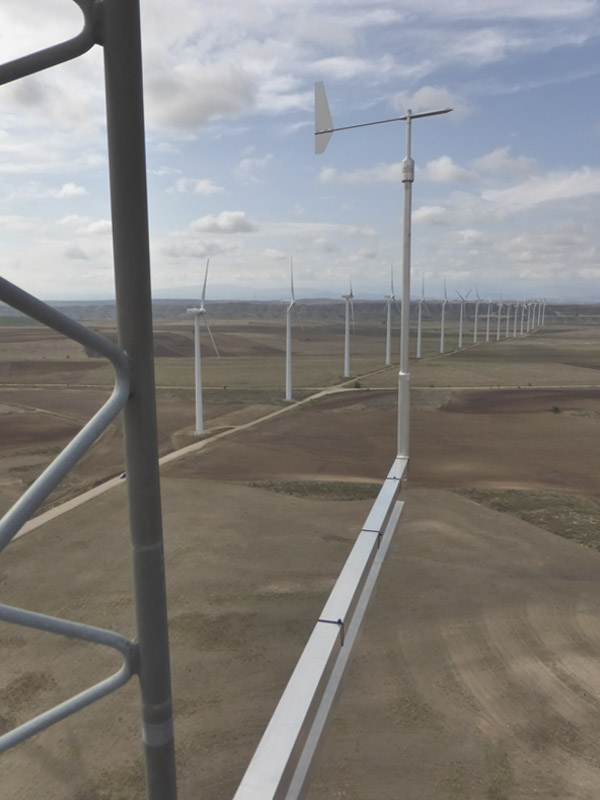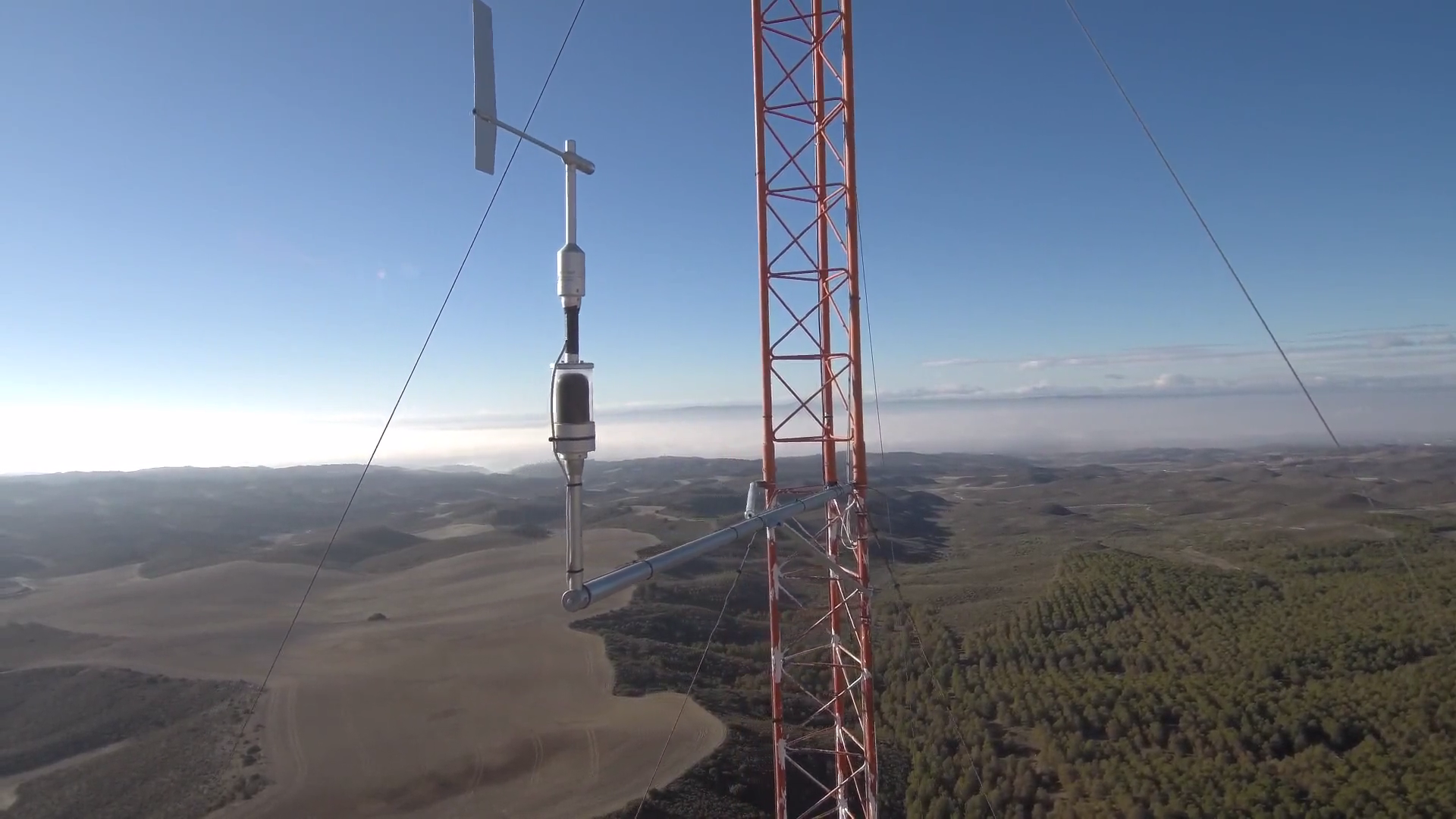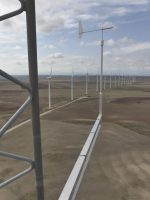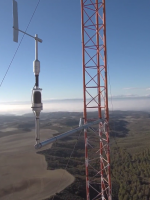The Thies First Class wind vane is one of the most common wind vanes used in wind resource assessment to determine the wind direction.
Features:
- High level of measuring accuracy and resolution
- High damping ratio at a small delay distance
- Low starting threshold
- Magnetic coupling, which is free of hysteresis and wear, situated between the axis of vane and potentiometer
In order to prevent the ball bearing and the external rotation parts from freezing, the wind vane can be ordered with an optional electronically regulated heating system for wintertime use.
Add a Geovane to your wind vane
Given the impact incorrect wind direction measurements have, the recently updated IEC61400.12.1 (2017) now requires complete assessment of wind direction measurement uncertainties. By adding a Geovane to your wind measurement campaign (in combination with either a Thies First Class or a Thies Compact wind vane) you will get the most accurate wind direction data available on the market.






